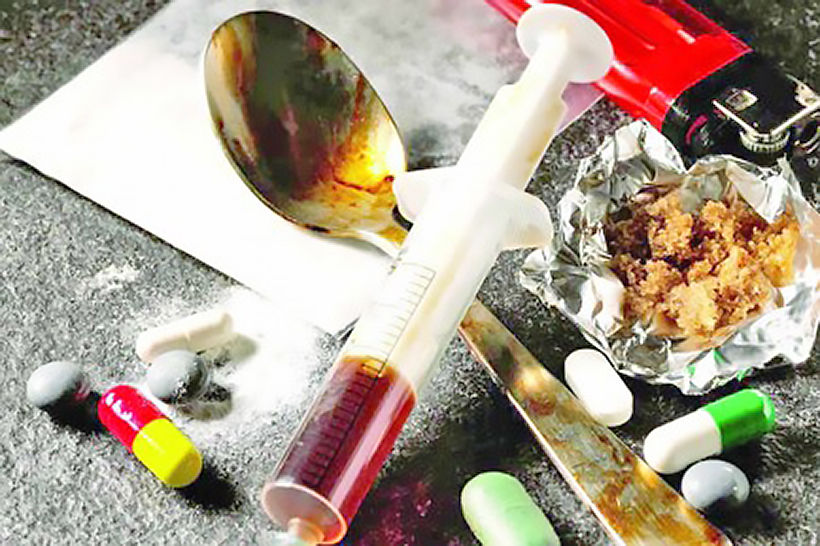Synthetic drugs growing in east, Southeast Asia: UN report

The synthetic drugs market in East and Southeast Asia continues to expand and diversify, and the price of methamphetamine “yaba” tablets has dropped to the lowest level in a decade as the supply has surged. A report released yesterday by the UN Office on Drugs and Crime titled “Synthetic Drugs in East and Southeast Asia: Latest Developments and Challenges”, warns that the variety and volume of synthetic drugs have increased in the past year.
According to the UNODC Representative for Southeast Asia and the Pacific…
“It is hard to imagine that organised crime have again managed to expand the drug market, but they have. While the world has shifted its attention to the Covid-19 pandemic, all indications are that production and trafficking of synthetic drugs and chemicals continue at record levels in the region.”
Arrests and seizures of methamphetamine, both tablets (yaba) and crystal form (ice), in East and Southeast Asia have dramatically increased over the last decade, something not observed in any other part of the world. Countries in the region confirmed seizures of 115 tonnes of methamphetamine in 2019, a figure that does not yet include data from China, which has seized an average of nearly 30 tonnes per year in the last five years.
The report warns that greater supply has resulted in methamphetamine becoming extremely cheap, reaching its lowest price points in the last decade in East and Southeast Asia. Decreases in the price were also seen in the high-profit markets of Australia, New Zealand and the South Korea in 2019. Yet despite declining prices, the purity of Southeast Asian methamphetamine market remains high and has even increased in some countries.
“In short, organised crime groups are in a position to provide better quality methamphetamine at much lower prices compared to a decade ago, increasing affordability and harm at the same time.”
Both East and Southeast Asia are also seeing the steady rise of dangerous synthetic opioids. While there were only three opioids identified in the illicit drug supply of the region up to 2014, that number skyrocketed to 28 in 2019, and seizures are being made in many new locations as organised crime continue to push the limits of the business.
“Synthetic opioids like fentanyl and even more potent variations deserve much more attention than they receive in the region. Production is known to migrate into places with deep governance problems, like the Golden Triangle, and we are concerned Southeast Asia could become a source for other parts of the world while these substances get mixed into or displace part of the regional heroin supply.”
Apart from methamphetamine and synthetic opioids, the report notes that a wide range of synthetic drugs, including ecstasy, ketamine and cannabinoids, is found across the region. “It is clear that the synthetic drug market in East and Southeast Asia is dynamic and continues to evolve,” according to Justice Tettey, chief of the UNODC Laboratory and Scientific Section.
The UNODC is working closely with Thailand and other countries in the region through the Global SMART Programme and Mekong MOU on Drug Control to monitor the drug situation and provide advice on cooperation, detection, precursor chemical control and public health strategies, and to help countries collaborate on joint and border operations.
The Secretary General of the Office of the Narcotics Control Board of Thailand says… “Our partnership with UNODC and other Mekong countries is essential for success. The challenge we face is significant, and we will only be able to make progress through regional and international cooperation.”
SOURCES: unodc.org | Chiang Rai Times
Latest Thailand News
Follow The Thaiger on Google News:


























